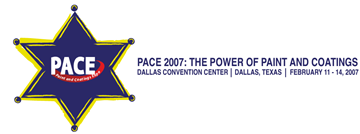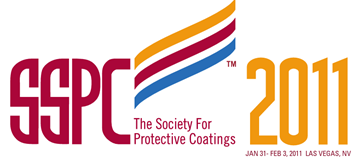Search
Conference Papers
View as
Sort by
Display
per page
The Importance of Sample Taking in Failure Analysis
Product Number:
41207-392-SG
Publication Date:
2007
$20.00
The Importance Of Surface Preparation Method On The Corrosion Resistance And Mechanical Properties Of Zinc Rich Primers
Product Number:
51321-16642-SG
Publication Date:
2021
$20.00
The Influence Of Applied Extension Rate And Specimen Geometry On Assessment Of SSC Resistance By Novel NTSSRT Method
Product Number:
51322-17624-SG
Publication Date:
2022
$20.00
The Influence of Electrochemical Potential and Stress-Level on Trench Nucleation on Ni-Bearing Low Alloy Steels in Sour Environments
Product Number:
51323-19030-SG
Publication Date:
2023
$20.00
The influence of flash rust-preventing inhibitors on the performance of corrosion protective coatings
Product Number:
51323-19327-SG
Publication Date:
2023
$20.00
The Influence of Flow Rate on Corrosion Behavior of X65 Carbon Steel in Water-Saturated Supercritical CO2/H2S System
Product Number:
51319-13081-SG
Publication Date:
2019
$20.00
THE INFLUENCE OF INSULATION MATERIALS ON CORROSION UNDER INSULATION
Product Number:
MPWT19-15362
Publication Date:
2019
$0.00
The Influence Of Oxygen On Protective Iron Carbonate Scales Formed On Carbon Steel In CO2 Environments At Near-Neutral Ph
Product Number:
51322-17899-SG
Publication Date:
2022
$20.00
The Influence of Post-Weld Heat Treatments (PWHT) upon the Resistance of Ni-Mo and Ni-Cr-Mo alloys to Chloride-Induced Stress Corrosion Cracking, Pitting, and Crevice Attack
Product Number:
51321-16420-SG
Publication Date:
2021
$20.00
The Influence Of Stress Concentration And Plastic Strain On The Resistance Of Precipitation-Hardened Nickel Alloys To Hydrogen Embrittlement
Product Number:
51321-16644-SG
Publication Date:
2021
$20.00
The Integration of a Safety Program into a Quality Management System
Product Number:
41211-656-SG
Publication Date:
2011
$20.00
The Interaction between Desiccant and Volatile Corrosion Inhibitor
Product Number:
51324-20796-SG
Publication Date:
2024
$40.00














